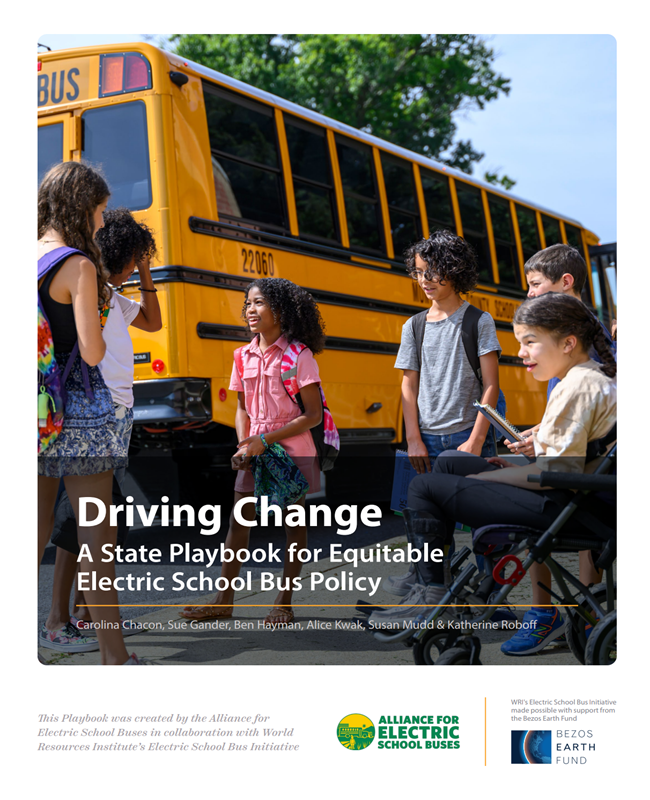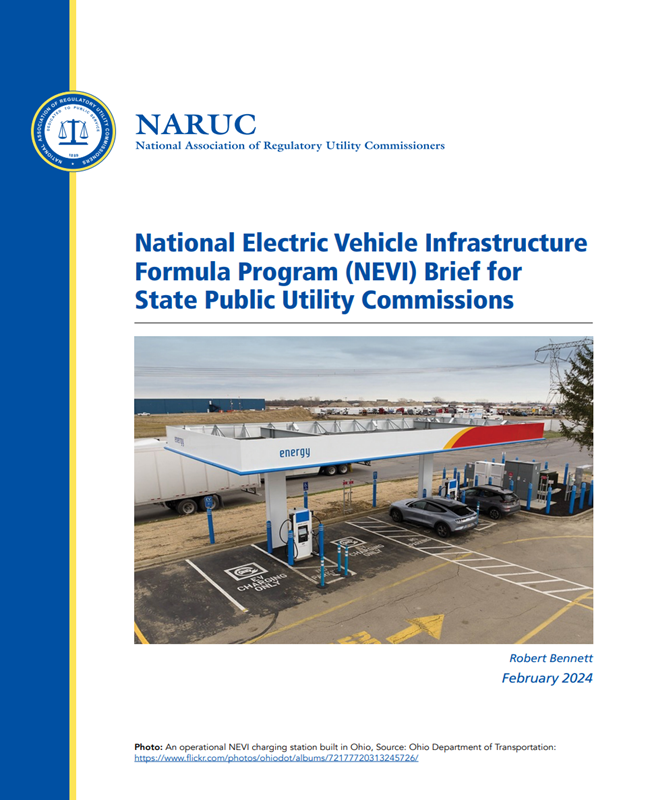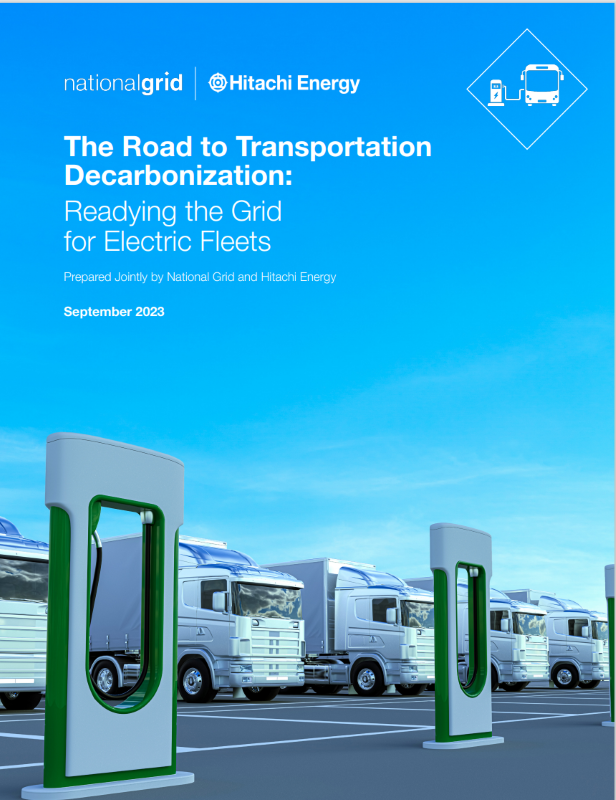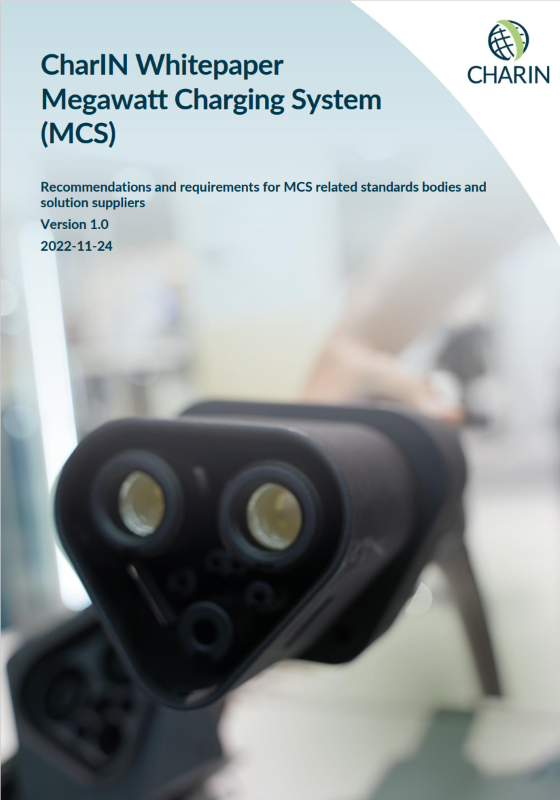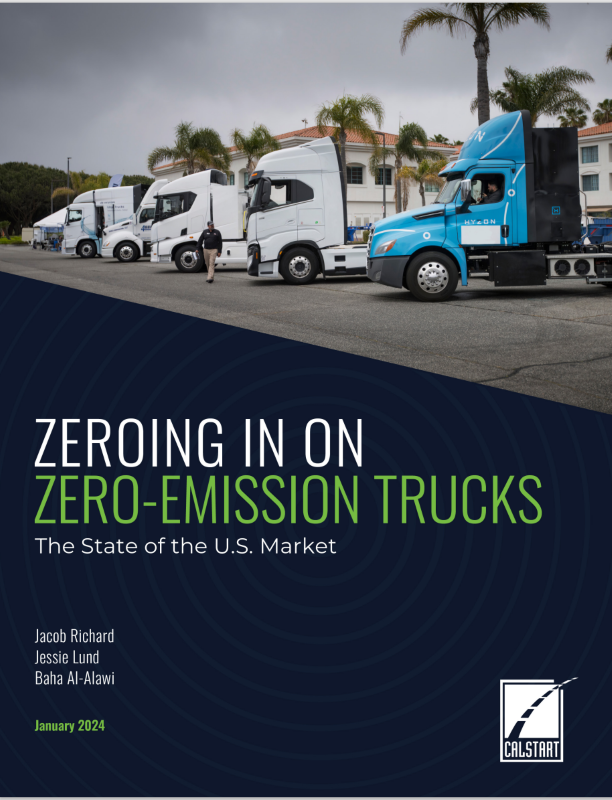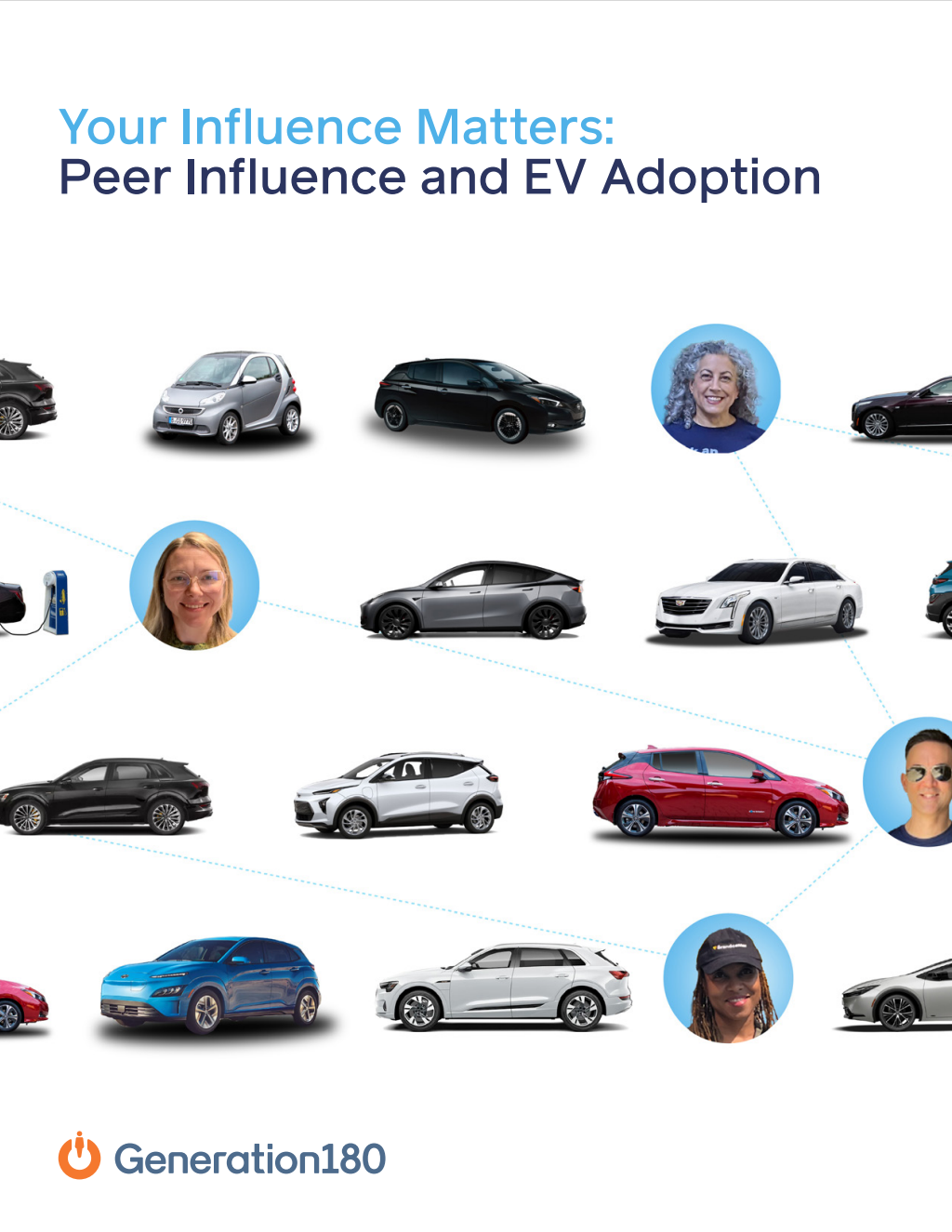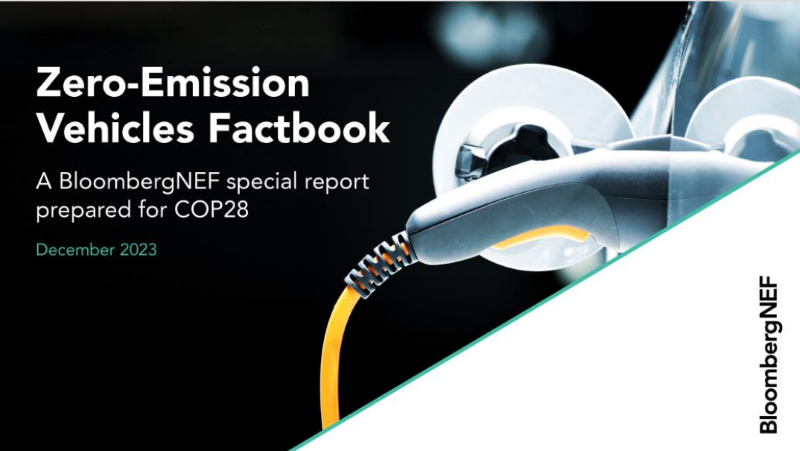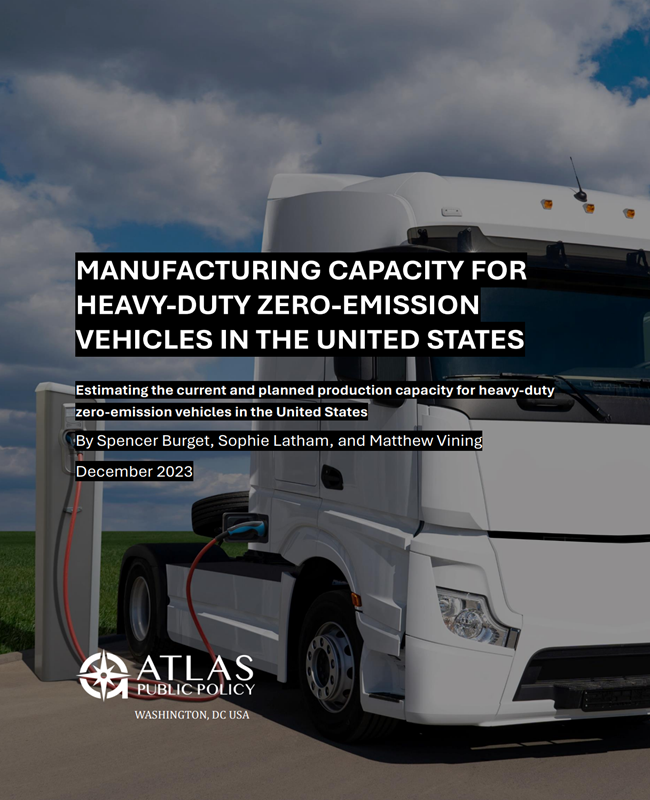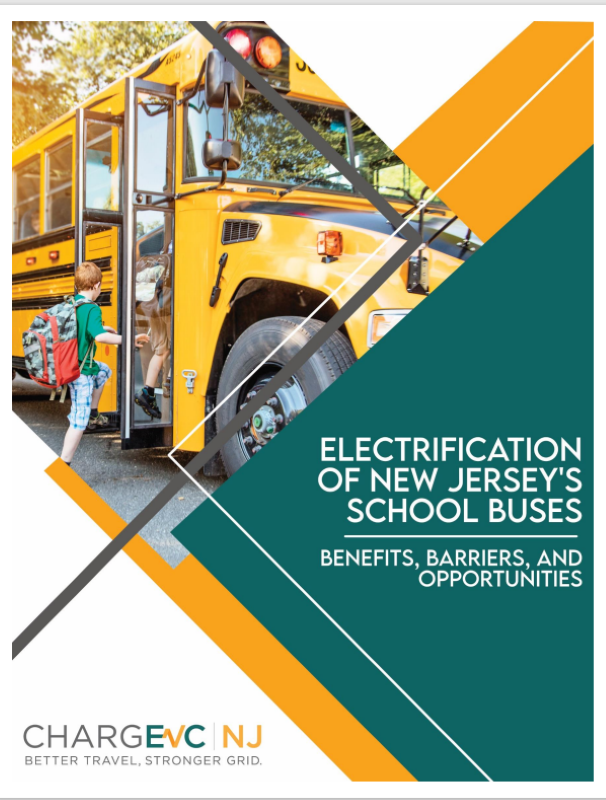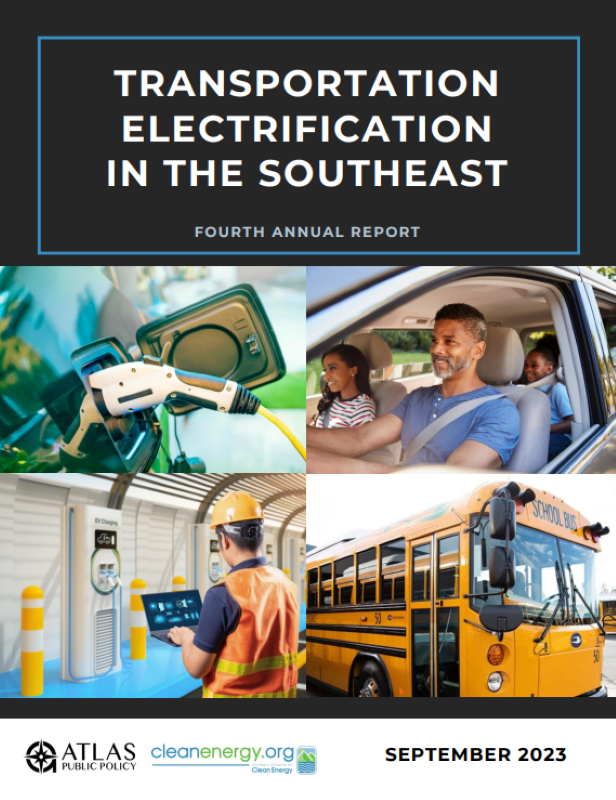Driving Change: A State Playbook for Equitable Electric School Bus Policy
Moe Khatib2024-03-13T12:31:55-04:00Driving Change: A State Playbook for Equitable Electric School Bus Policy presents a range of approaches and resources, recognizing the vital role state policymakers play and the need for a coordinated effort both within states and with federal and local decision makers to ensure an effective transition to clean electric school buses.
